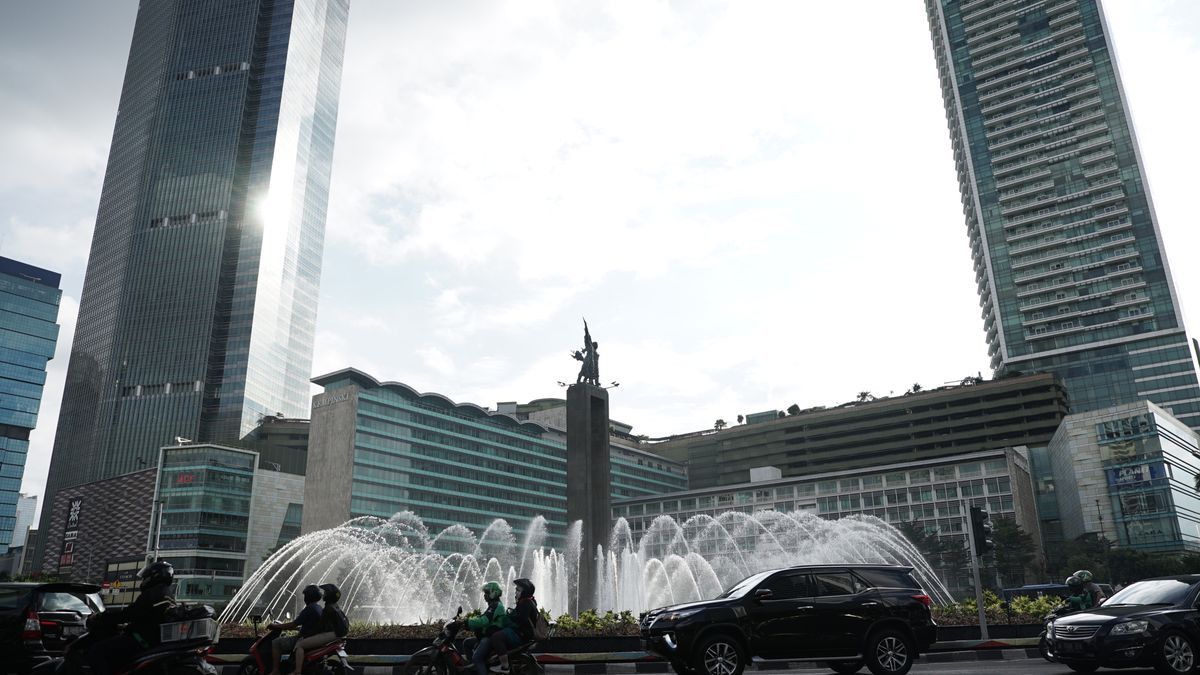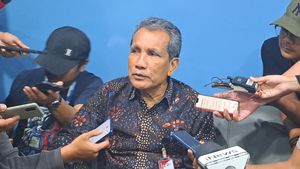JAKARTA - The DKI Jakarta Population and Civil Registration Agency (Dukcapil) recorded 7,243 newcomers entering Jakarta for one month after Eid al-Fitr 1445 H or April 16 to May 15, 2024.
Head of DKI Jakarta Disdukcapil Hari Nugroho said this figure was decreasing compared to their predictions. Previously, the DKI Jakarta Disdukcapil predicted that the number of newcomers entering Jakarta after Eid was around 10 thousand to 15 thousand people.
Budi assessed that the decline in the number of newcomers to Jakarta was due to increased development outside the region, especially the buffer zone in one Jabodetabek agglomeration area.
"Of course this is a positive thing, apart from the equitable development in satellite cities, Bodetabek," Budi said in a short message, Thursday, May 16.
The trend of the number of newcomers a month after Eid this year has decreased from the last four years. In 2020, the number of newcomers reached 24,043 people.
Then in 2021, the number of immigrants is 20,046 people. The number of arrivals had increased in 2022 by 27,478. Then, in 2023, there were 25,918 entrants entering Jakarta.
Most of them, newcomers to Jakarta in the past month came from the Jabodetabek buffer zone.
Among them, Bekasi City with a proportion of 366 people. Then, Bogor Regency 274 people, Depok City 257 people, Tangerang City 245 people, Bekasi Regency 186 people, Tangerang Regency 131 people, and the rest from other areas.
SEE ALSO:
This year's Jakarta migrant category is dominated by students or students with a proportion of 26.66 percent, followed by private company workers at 21.13 percent.
Then, 13.59 percent of Jakarta migrants have jobs as household administrators, 10.72 percent of entrepreneurs, 2.89 percent of casual daily workers, and others.
"Meanwhile, as many as 20.90 percent or 1,484 people have not or have not worked," said Budi.
Furthermore, the majority or as many as 84.12 percent of migrants have lower SLTA final education and 15.88 percent or the rest receive higher education than SLTA.
"Entrepreneurs (enter Jakarta this year) with a low income assumption of 57.24 percent and a non-low income assumption of 42.76 percent," concluded Budi.
The English, Chinese, Japanese, Arabic, and French versions are automatically generated by the AI. So there may still be inaccuracies in translating, please always see Indonesian as our main language. (system supported by DigitalSiber.id)

















